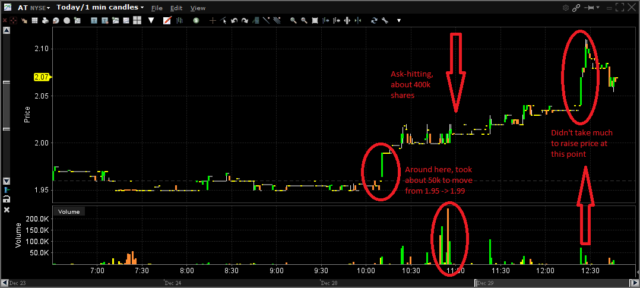Date: Wednesday January 6, 2021
Time: 8:00pm, Pacific Time
Duration: Projected 60 minutes.
Where: Zoom (Registration)
Frequently Asked Questions:
Q: What are you doing?
A: I’ll be commenting on my 2020 year-end report. I may consider questions and comments, time depending.
Q: How do I register?
A: Zoom link is here. I’ll need your city/province or state, and if you have any questions in advance just add it to the “Questions and Comments” part of the form. You’ll instantly receive the login to the Zoom channel.
Q: Are you trying to spam me, try to sell me garbage, etc. if I register?
A: If you register for this, I will not harvest your email or send you any solicitations. Also I am not using this to pump and dump any securities to you, although I will certainly offer opinions on what I see.
Q: Why do I have to register? I just want to be anonymous.
A: I’m curious who you are as well.
Q: If I register and don’t show up, will you be mad at me?
A: No.
Q: Will you (Sacha) be on video (i.e. this isn’t just an audio-only stream)?
A: Yes. You’ll get to see me, but the majority will be on “screen share” mode with my web browser and PDFs from SEDAR as I explain what’s going on in my mind as I present.
Q: Will I need to be on video?
A: I’d prefer it, and you are more than welcome to be in your pajamas. No judgements!
Q: Can I be a silent participant?
A: Yes. I might pick on some of you though. Bonus points if you can get your cat on camera.
Q: Is there an archive of the video I can watch later if I can’t make it?
A: No.
Q: Will there be a summary of the video?
A: A short summary will get added to the comments of this posting after the video.
Q: Will there be some other video presentation in the future?
A: Yes.
